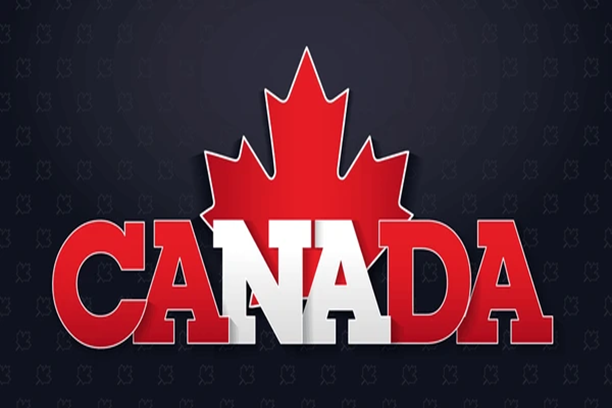

Canada is likely to raise immigration goals in the November 2025 update.
Canadians are watching closely as the federal government prepares to unveil its new immigration plan this November. The upcoming 2026–2028 Immigration Levels Plan could bring higher targets, shaping the country’s future workforce, economy, and population growth.
Current Targets and Provincial Push
In 2025, Canada’s permanent resident target stands at 395,000. After adding extra spaces for several provinces, the adjusted total reaches 401,418. British Columbia, Alberta, Saskatchewan, and Atlantic provinces received small boosts through the Provincial Nominee Program (PNP).
The government also aims for 8.5% of immigrants to be Francophone newcomers outside Quebec, equal to 29,325 people. These numbers matter because immigration affects housing, infrastructure, and the job market across the country.
The Politics Behind the Numbers
Immigration has become one of the country’s most politically charged issues. The Liberal government faces the challenge of keeping immigration high enough to fuel the economy while calming public concerns about housing and services.
Last year, Ottawa reduced its earlier goal of 500,000 newcomers a year. The shift signalled moderation rather than a complete slowdown. Opposition leaders, including the Conservatives, argue that immigration levels still strain housing and healthcare systems.
Cuts in Certain Categories
While economic immigration remains strong, other streams are shrinking. The business immigration category now allows around 2,000 spots, much lower than before. Family sponsorship dropped to 94,500, and the Atlantic Immigration Program fell to about 5,000. These cuts show a shift toward skilled worker programs that fill labour gaps faster.
Consultations Complete, Decision Nears
Between July and August 2025, the federal government held consultations to shape its new plan. Provincial leaders, employers, and everyday Canadians gave feedback. Most provinces asked for larger immigration allocations, saying they need workers in construction, healthcare, and trades.
Participants also pushed for smoother transitions from temporary to permanent status and more support for Francophone immigration outside Quebec.
Why Provinces Want More
Every region faces different needs. Alberta wants more tradespeople, Saskatchewan seeks farm workers, and Atlantic provinces need population growth. Ontario and B.C. both face shortages in healthcare and technology. Provinces say they should have greater control over the number and type of immigrants they receive.
Looking Ahead to 2026 Targets
The current base target for 2026 is 380,000, but that number could rise. With provincial pressure and population trends, experts expect Ottawa to lift the target to around 410,000 or more. The Francophone share outside Quebec may also increase to 9.5%.
Why Higher Numbers Are Likely
Canada’s population is aging, and its birth rate remains low. The country depends on immigration to fill jobs and support economic growth. Labour shortages in healthcare, technology, and construction continue to grow. Provinces and employers are pushing for higher intake to meet these needs.
Ottawa also promised to raise Francophone immigration outside Quebec to 12% by 2029. That goal alone could drive higher newcomer numbers in the coming years.
Temporary Immigration and Student Caps
The government has started setting yearly limits for international students and temporary workers. The aim is to keep the number of non-permanent residents under 5% of Canada’s population by 2027. However, schools and businesses say these caps are hurting the economy and demand more flexibility in 2026.
What to Expect in November
When IRCC reveals its new immigration plan next month, most experts expect an increase rather than a cut. The new plan will likely raise overall immigration numbers, give provinces more control, and strengthen economic and Francophone programs.
The final decision will show how Canada balances its population growth, economic needs, and public concerns. One thing seems certain—immigration will stay at the centre of the country’s future.
Having an 'Identity Verified' badge or being 'Identity Verified' simply indicates that an individual has submitted information to complete our identity verification process or we have conducted internal verification using various authorized websites. While this process includes safeguards, it does not guarantee that the person is who they claim to be.
If you encounter any issues with this profile, please report them here. While all consultants who are verified have RCIC ID, we may not have the latest data in terms of their renewal/cancellation/discontinuation of their RCIC ID.
The "Verified Consultants" profiles are created using publicly available information, including data from the IRCC website, official consultant sites, other listing platforms, and social media. Immiperts.com is an independent platform, not affiliated with IRCC or any registered immigration consultants. To update, claim, or remove your profile, please contact us at [email protected].
╳